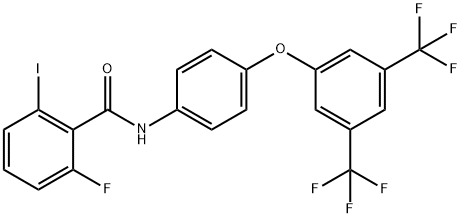2471982-20-2
 2471982-20-2 結(jié)構(gòu)式
2471982-20-2 結(jié)構(gòu)式
物理化學(xué)性質(zhì)
常見(jiàn)問(wèn)題列表
|
TLR8 1.04 μM (IC 50 ) |
TLR7 50 μM (IC 50 ) |
In endosomal and non-endosomal TLR specificity studies, Human embryonic kidney (HEK) 293 cells expressing human tolllike receptor (hTLR) gene and an inducible secreted embryonic alkaline phosphatase (SEAP) reporter gene were incubated with CU-115 for 16 hours. As a result, CU-115 displays activity for TLR7 and TLR8 at low concentrations (0.5 μM).CU-115 does not modulate the NF-kB inhibition induced by Pam2CSK4, Pam3CSK4, Poly(I:C), LPS, R848, and Flic in HEK-293 TLR1/2, TLR2/6, TLR3, and TLR4 cells. And CU-115 inhibits TLR9 signaling at 1, 5, and 20 μM and ~10-25% inhibition.CU-115 (5-20 μM) inhibits increases in type I IFN transcriptional activity induced by the ssRNA nucleic acid ligands 3p-hpRNA or G3-YSD in a luciferase reporter assay.CU-115 (0.5, 1.0, 5, and 20 μM; 16 hours) is nontoxic at low concentrations (0.5 and 20 μM) and toxic at 100 μM in Hek293 TLR7 and TLR8 cells. CU-115 also is nontoxic at low concentrations (0.5 and 20 μM) and displays partial toxicity at 100 μM in THP Dual cells.The enzyme-linked immunosorbent assay (ELISA) is performed to measure upregulation/inhibition of TNF-α in human THP-1 cells (hTHP-1). CU-115 (5-20 μM) abolishes the TNF-α production activated by R848 (1 μg/ml) in hTHP1. It also represses the expression of IL-1β in hTHP-1 cells. These results suggest that CU-115 suppresses TLR8 and TLR7 signaling pathways.